Fall is one of the most enchanting seasons for gardeners. The crisp air, warm sunlight, and vivid colors transform gardens into magical spaces. While spring and summer boast long flowering periods, autumn blooms often struggle to last, fading too quickly as temperatures drop and daylight diminishes. However, with the right strategies, you can extend the life of your fall flowers and keep your garden vibrant well into the late season.
In this article, we’ll explore the secrets to prolonging fall blooms, including plant selection, care techniques, and environmental strategies, ensuring your garden remains colorful and lively even as autumn progresses.
Understanding Why Fall Flowers Fade Quickly
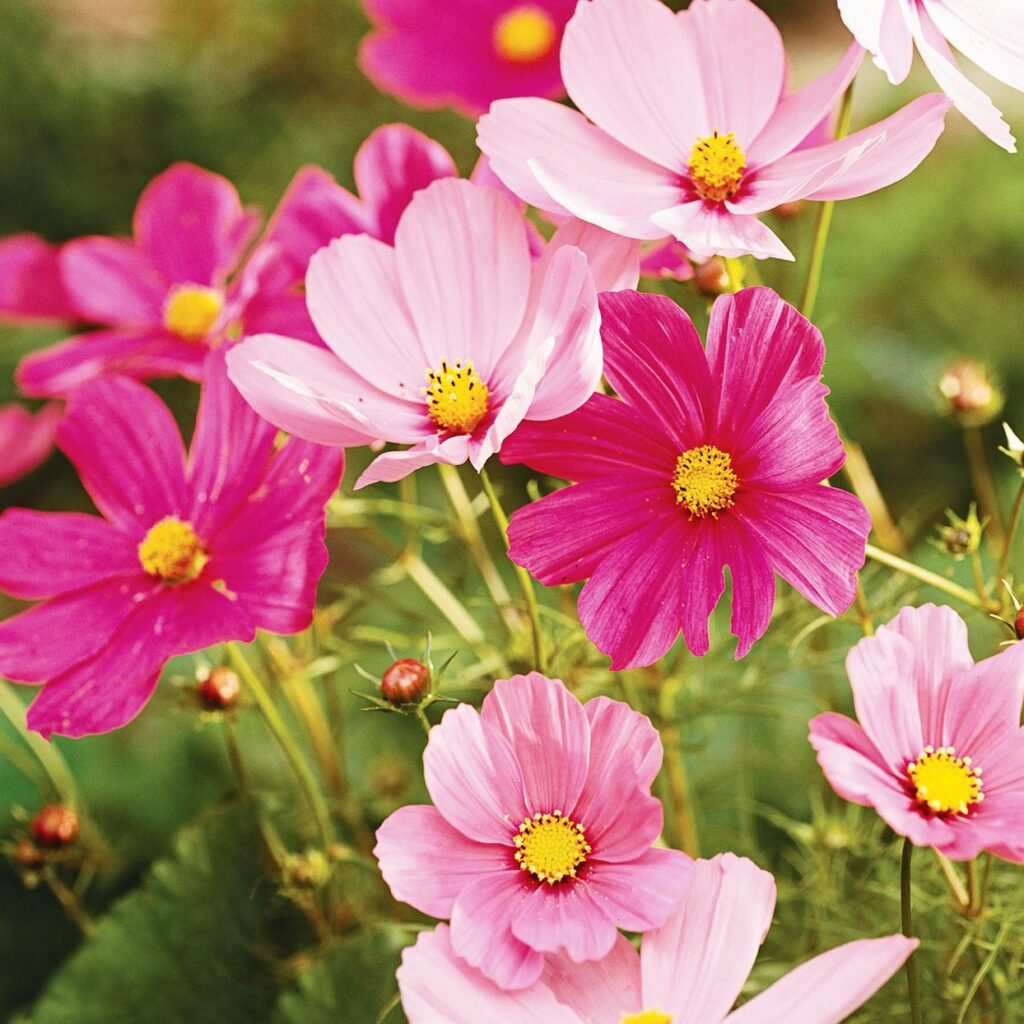
Before learning how to extend bloom time, it’s essential to understand why fall flowers often decline faster than spring or summer varieties.
1. Shorter Days
As autumn progresses, daylight decreases. Many plants are sensitive to photoperiods (day length), which triggers flowering cycles. Reduced sunlight slows photosynthesis, weakening flowers and shortening bloom periods.
2. Cooler Temperatures
While some plants thrive in cooler weather, frost or sudden temperature drops can damage petals, leaves, and stems. Even hardy fall flowers may show stress during chilly nights or early frosts.
3. Nutrient Depletion
After months of growth, plants may exhaust soil nutrients. Without sufficient phosphorus, potassium, and other essential elements, flowers may produce fewer blooms and fade prematurely.
4. Water Stress
Autumn rainfall is often inconsistent. Too little water causes dehydration, while excess water can promote root rot, both leading to shorter bloom lifespans.
By addressing these challenges, you can create optimal conditions for fall flowers to flourish longer.
1. Choose Long-Blooming Fall Flowers
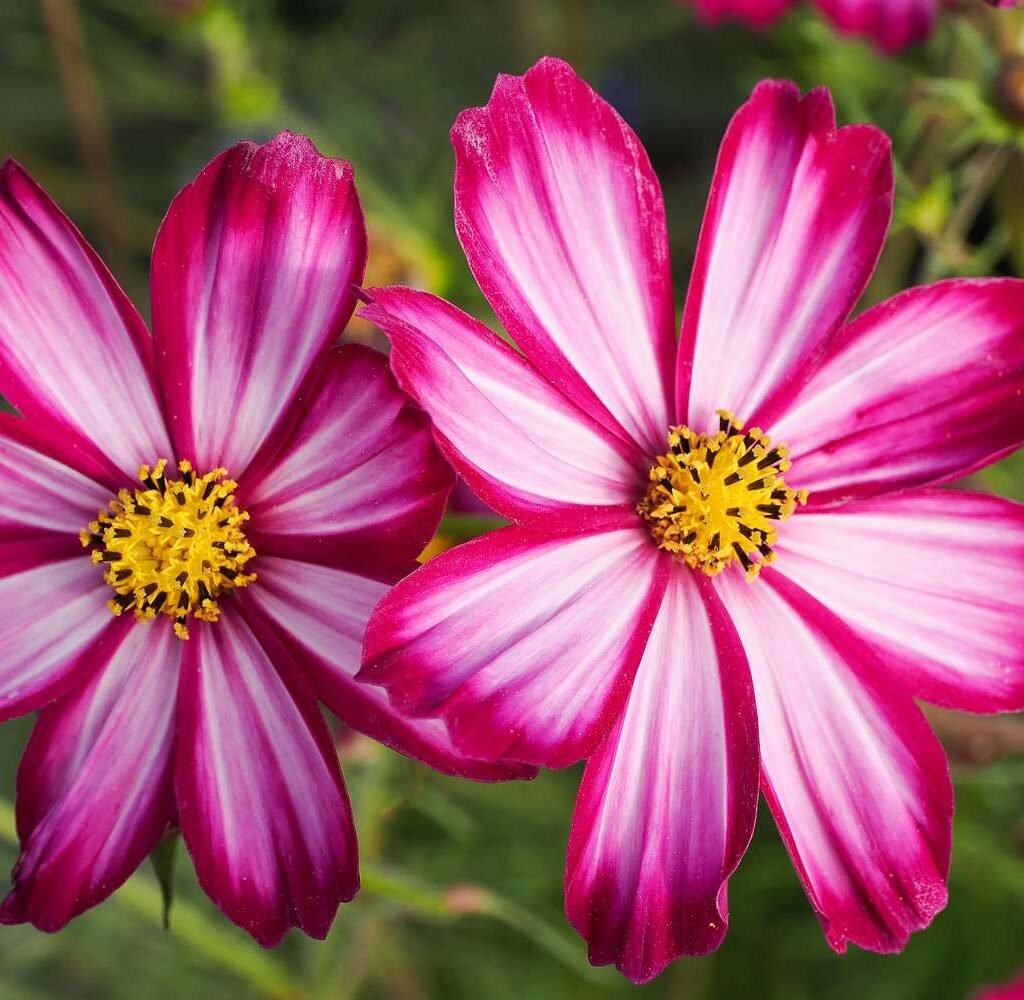
The first secret to extended fall blooms lies in plant selection. Certain species naturally last longer and are more resilient in cooler temperatures.
Top Fall Flowers for Longevity:
- Chrysanthemums (Mums): Classic autumn bloomers, chrysanthemums come in a variety of colors and shapes and can last for several weeks with proper care.
- Asters: These daisy-like flowers tolerate cooler temperatures and often bloom well into late fall.
- Pansies and Violas: Hardy and cold-tolerant, they can survive early frosts while continuing to flower.
- Sedum (‘Autumn Joy’): Succulent-like foliage supports rich clusters of late-season blooms.
- Ornamental Kale and Cabbage: Not technically flowers, but their colorful leaves mimic blooms and hold up well through frost.
Planting Tips:
- Group flowers with similar sunlight and water needs for consistent care.
- Use containers or raised beds to improve drainage and soil warmth, extending flowering time.
2. Deadhead Regularly to Encourage More Blooms
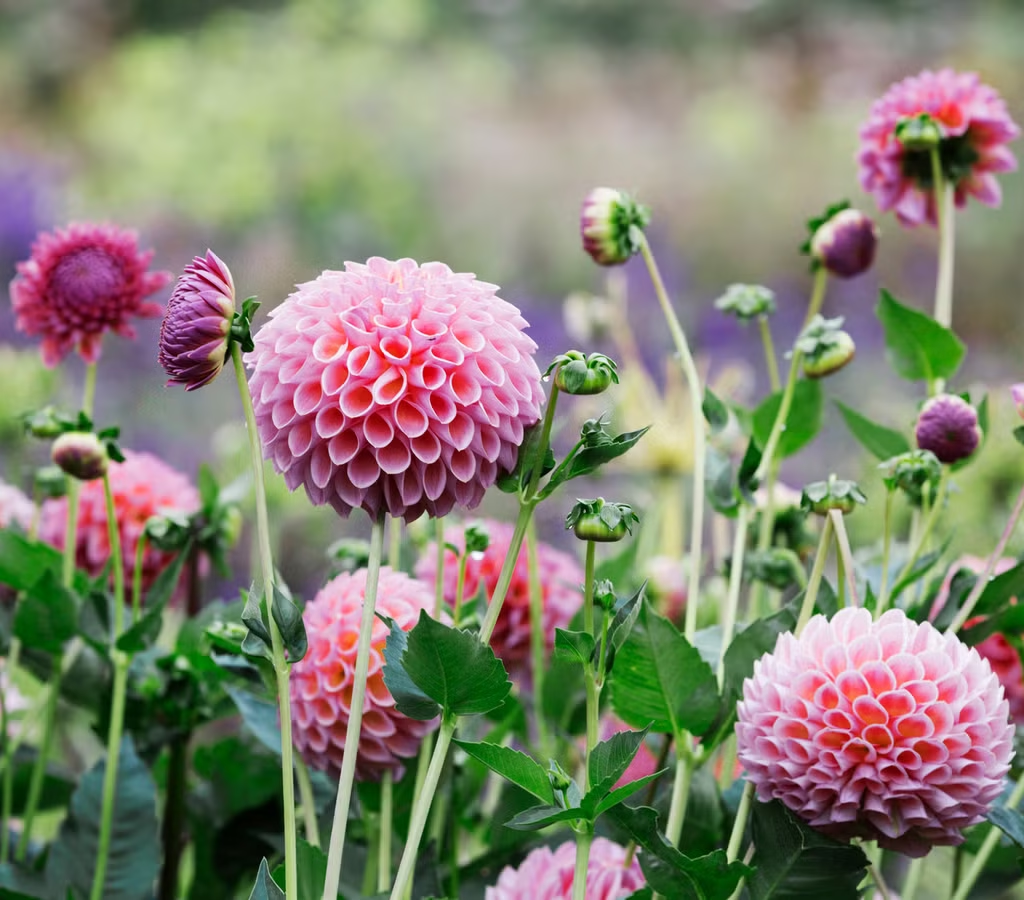
Deadheading is the practice of removing spent flowers from a plant. It’s a simple but powerful technique for prolonging bloom time.
Why Deadheading Works:
- Prevents plants from diverting energy into seed production.
- Encourages the growth of new flower buds.
- Improves overall plant appearance, making the garden look fuller and healthier.
Deadheading Tips:
- Use clean, sharp scissors or pruners to cut just above a leaf node.
- Remove flowers consistently, especially on mums, asters, and pansies.
- For plants like sedum, wait until blooms naturally dry and use them for winter interest before pruning in late winter or early spring.
Regular deadheading is one of the easiest ways to keep fall flowers productive and vibrant.
3. Optimize Soil and Fertilization

Healthy, nutrient-rich soil is the backbone of long-lasting blooms. As plants age through summer and early fall, soil nutrients become depleted, limiting their ability to produce flowers.
Fertilization Tips for Fall Flowers:
- Use a balanced, slow-release fertilizer with equal parts nitrogen, phosphorus, and potassium.
- For extended blooms, consider a phosphorus-rich bloom booster, which promotes strong flower formation.
- Apply fertilizer early in the season and supplement with a liquid feed every 3–4 weeks for container plants.
- Add organic matter such as compost or well-rotted manure to improve soil structure and water retention.
Healthy roots and soil translate directly into longer-lasting flowers.
4. Protect Flowers From Frost and Harsh Conditions
Fall flowers are particularly vulnerable to early frost and wind damage. By creating a protective microclimate, you can help blooms survive longer.
Protective Measures:
- Mulch Around Roots: A 2–3 inch layer of straw, shredded leaves, or bark keeps soil warm and retains moisture.
- Cover Plants on Cold Nights: Use frost cloths, bedsheets, or even cloches to shield flowers from freezing temperatures.
- Relocate Potted Plants: Move container flowers near walls or sheltered areas where they receive residual heat and less wind exposure.
- Windbreaks: Plant taller shrubs or temporary screens to shield delicate flowers from cold gusts.
These simple interventions can dramatically extend the lifespan of late-season blooms.
5. Water Smartly and Maintain Proper Moisture
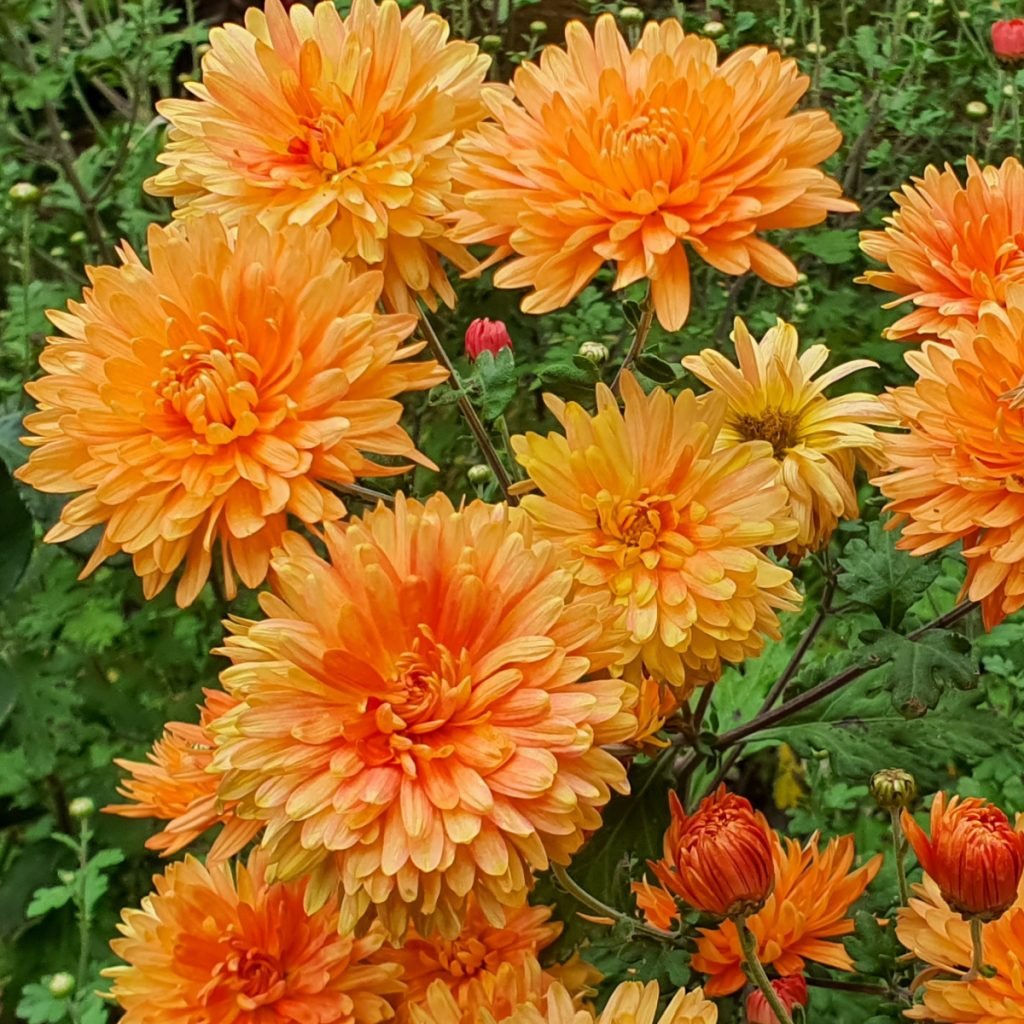
Even in cooler weather, fall flowers need consistent water. Stress from drought or soggy soil can shorten bloom duration.
Watering Tips:
- Check Soil Moisture: Stick your finger 1–2 inches into the soil; water if it feels dry.
- Morning Watering: Water early in the day to allow foliage to dry before nightfall, reducing disease risk.
- Avoid Overwatering: Ensure soil drains well—standing water can cause root rot.
- Mulch to Retain Moisture: Mulch not only protects from frost but also stabilizes soil moisture.
Balanced watering ensures plants have the energy to produce blooms and maintain vibrant foliage.
Bonus Tips for Prolonging Fall Blooms
- Pinch Back Growth Early: For mums and asters, pinching back stems in late summer encourages bushier plants and more flower buds.
- Companion Planting: Pair taller flowers with low-growing blooms to reduce wind stress and create natural shade.
- Container Care: Fall containers dry out faster than beds. Add extra water and consider insulating pots with bubble wrap or burlap.
- Regular Pest Monitoring: Aphids, spider mites, and fungal diseases can weaken plants, shortening bloom periods. Inspect leaves weekly and treat problems promptly.
By paying attention to these small details, you maximize the potential for your flowers to keep blooming longer.
Conclusion
The secret to keeping fall flowers blooming longer is a combination of smart plant selection, consistent care, and environmental management. By choosing hardy, long-lasting varieties, deadheading spent blooms, feeding and nurturing soil, protecting plants from frost, and maintaining proper watering, you can enjoy vibrant autumn gardens that stay colorful and lively well into late fall.
Fall doesn’t have to be the end of your garden’s beauty—it can be the peak of resilience, color, and charm. With thoughtful planning and care, your autumn flowers can continue to dazzle, bringing joy and warmth even as the days grow shorter and colder.
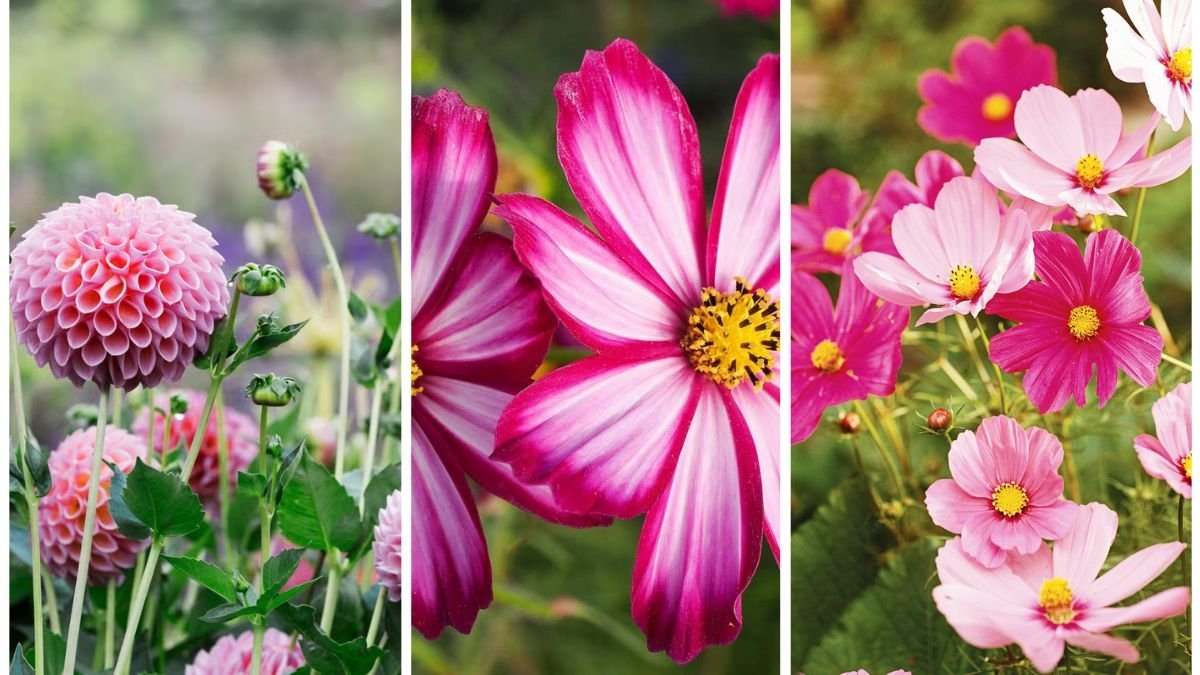
Leave A Comment